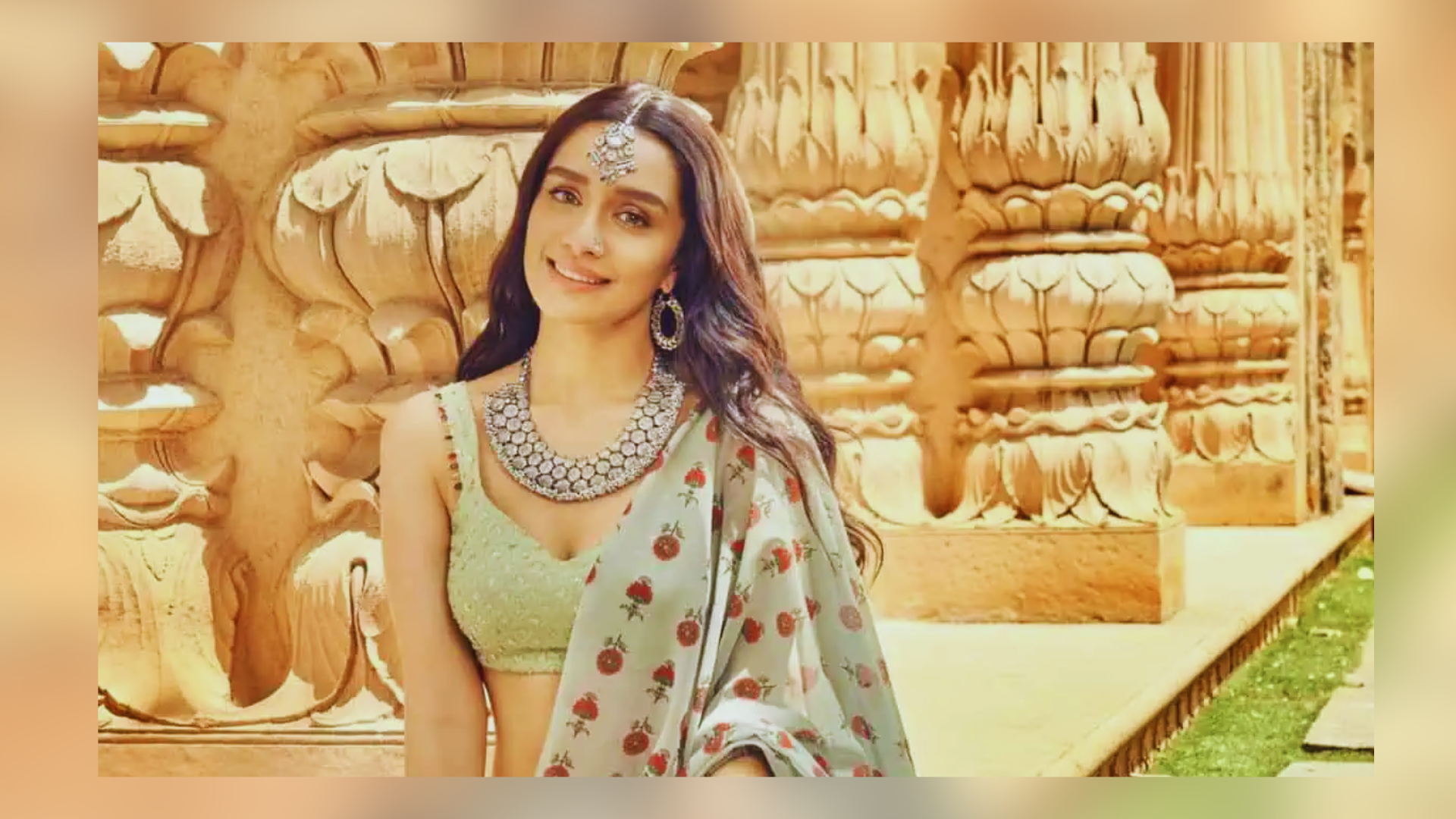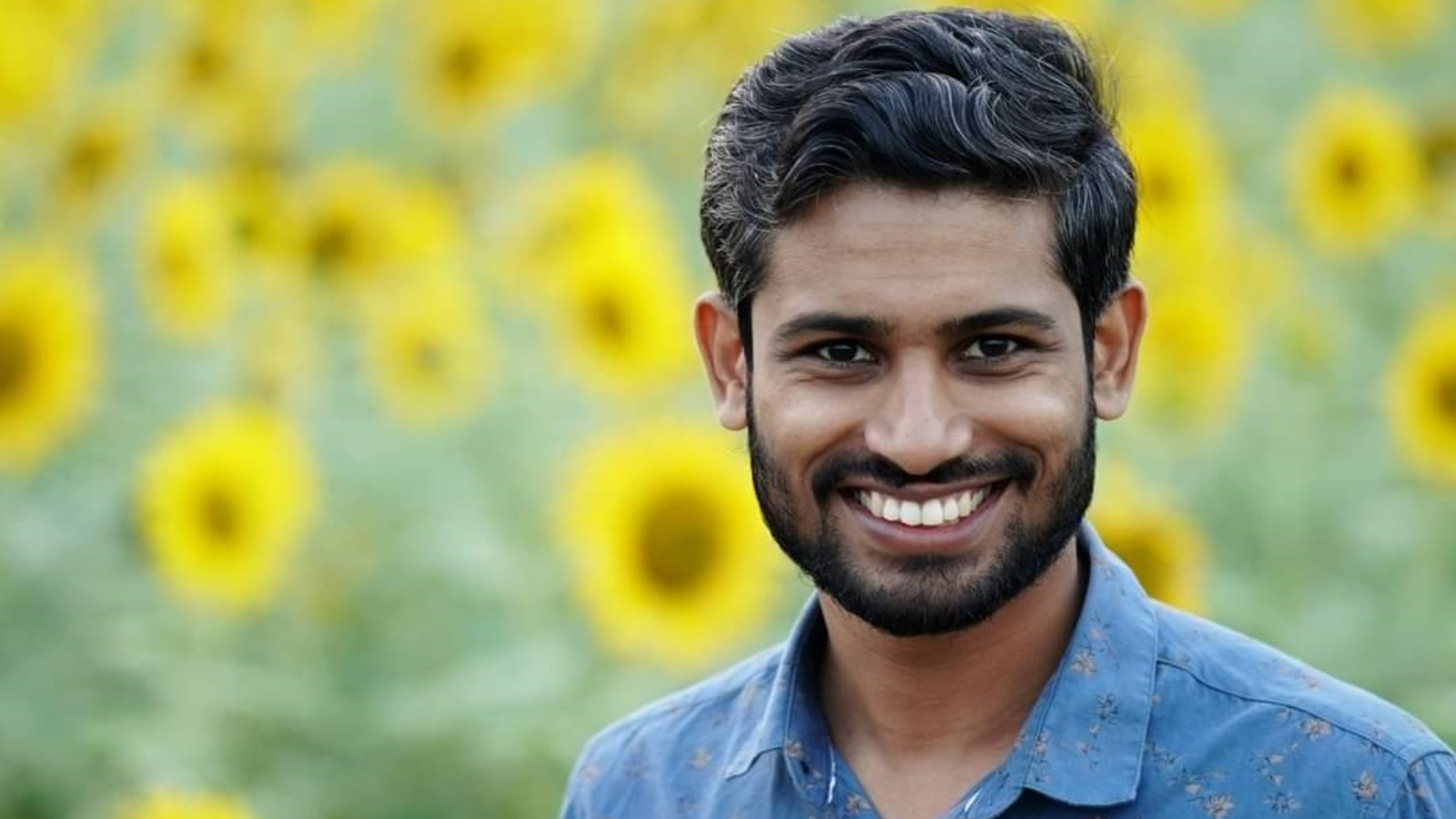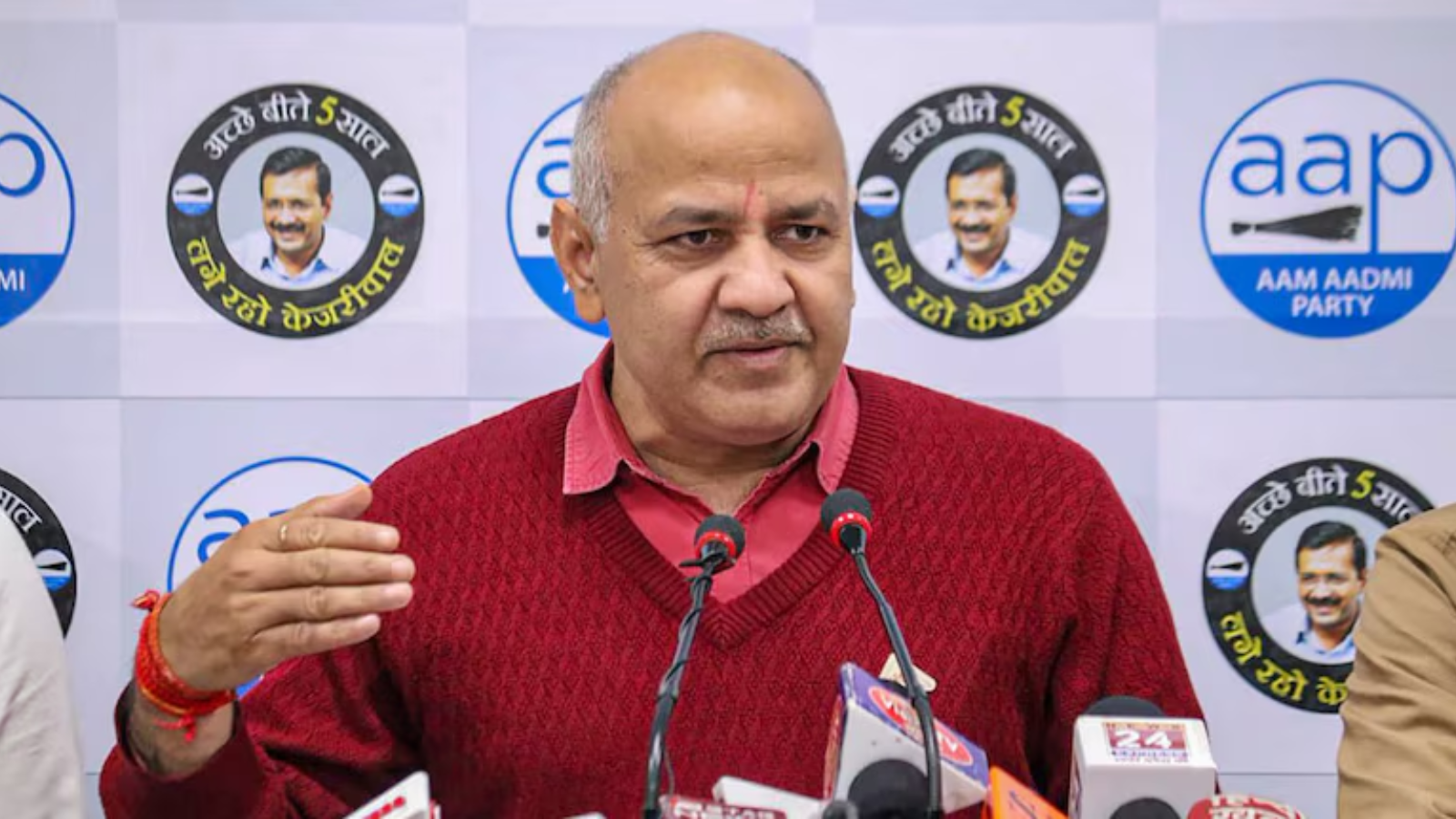


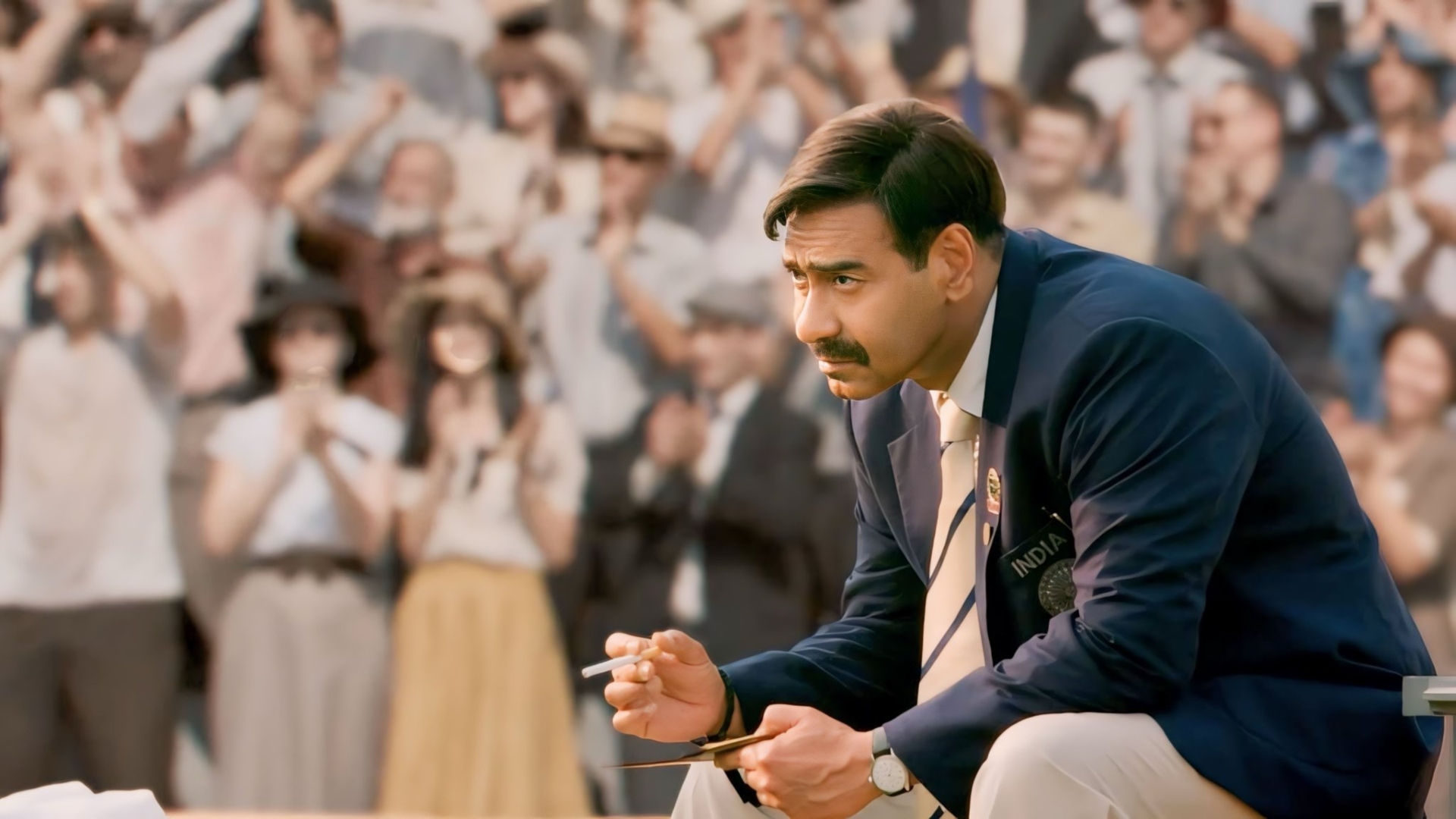
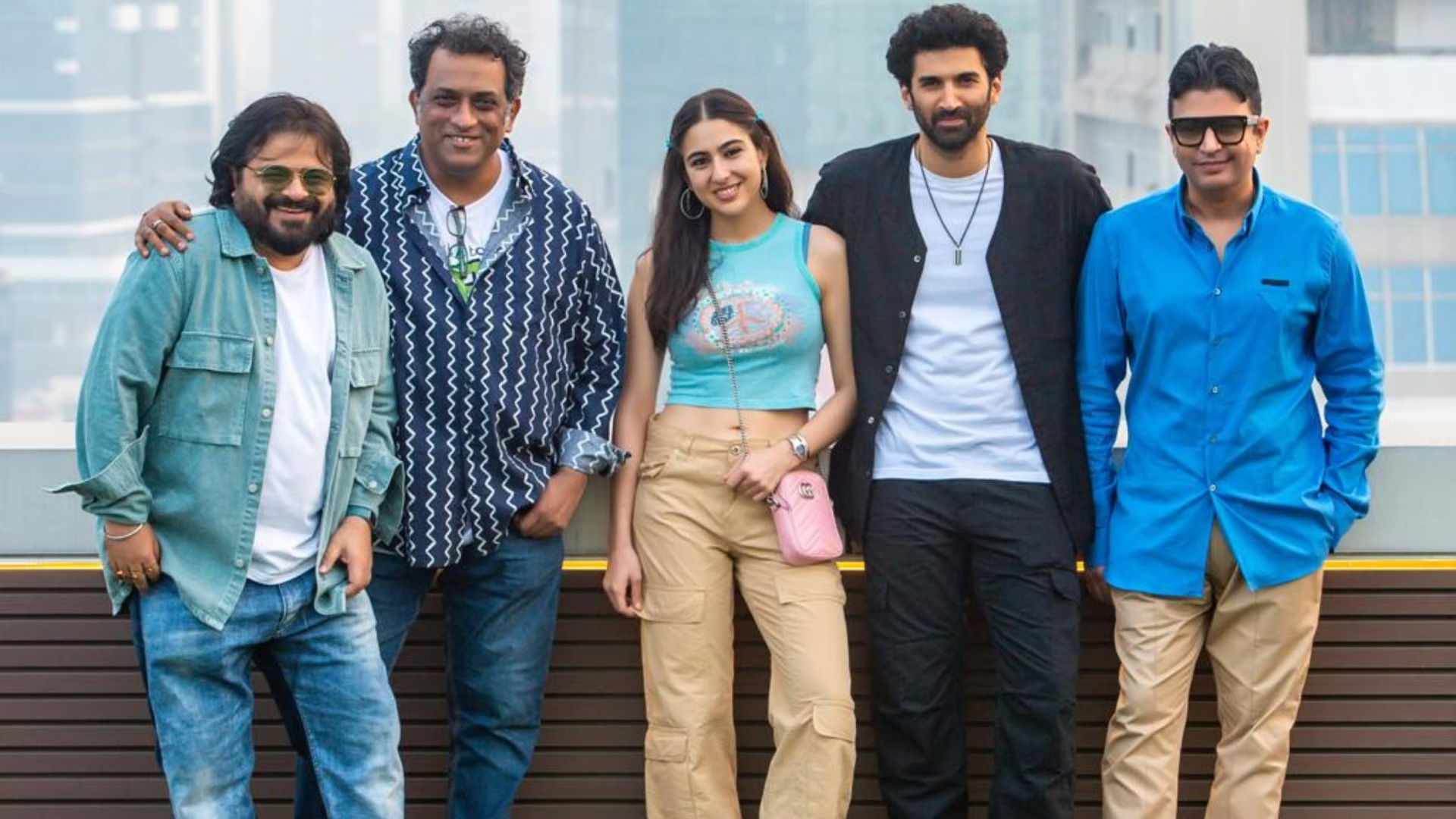
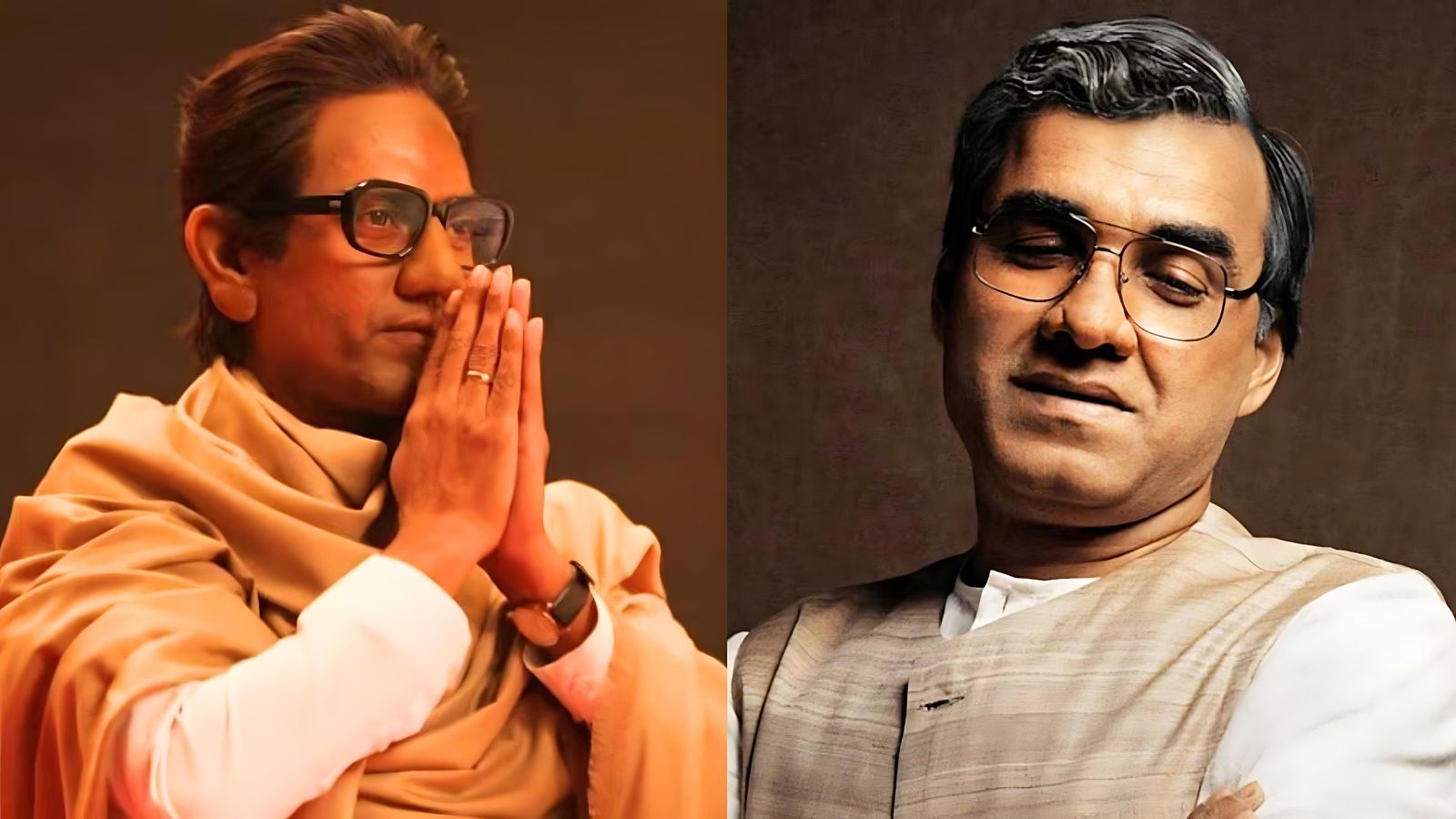


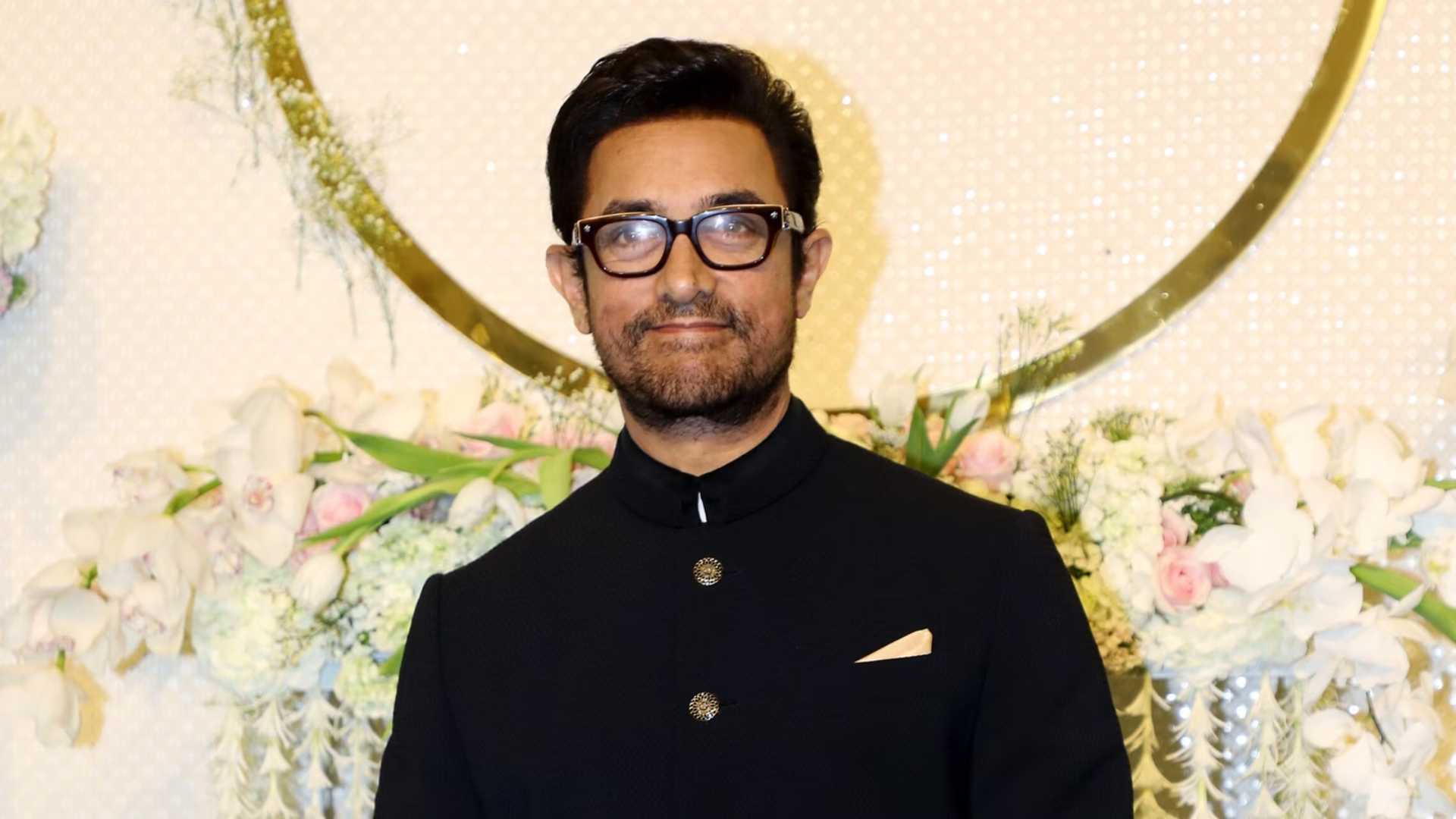
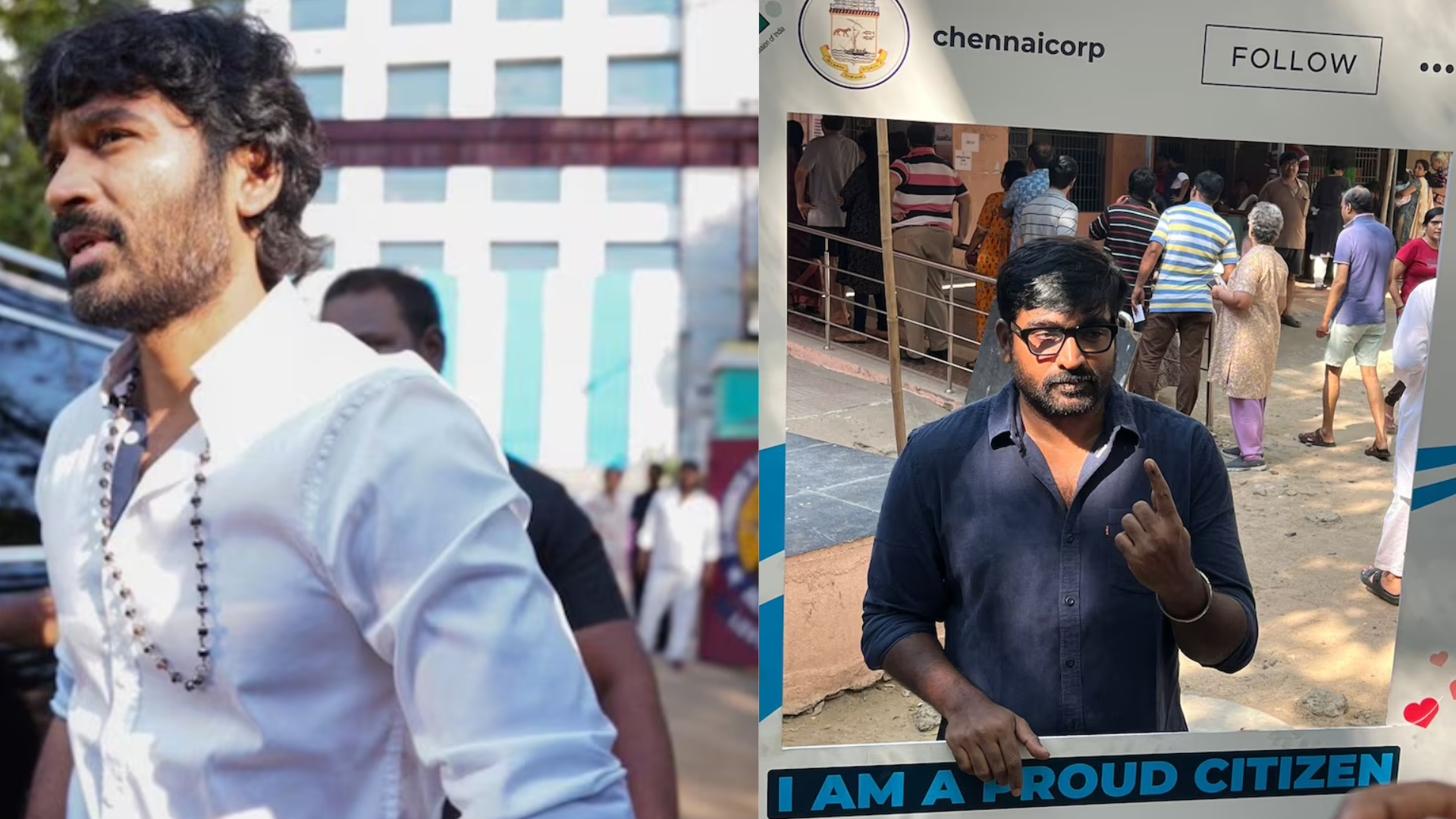
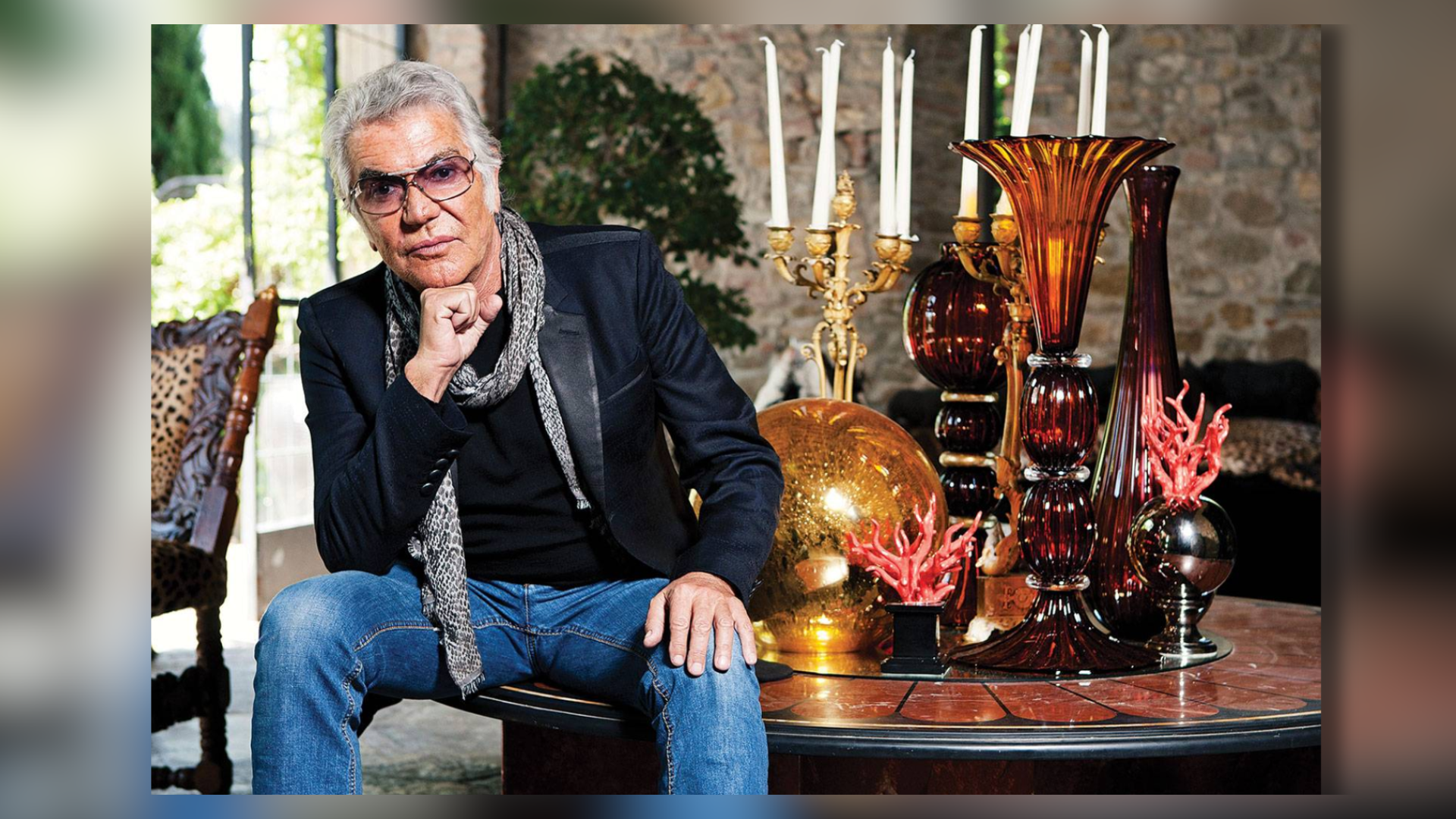
Italian fashion designer Roberto Cavalli, who has left an imprint on the fashion industry and is known for his iconic glamorous animal prints, has passed away at the age of 83. His eponymous brand confirmed the news in a statement shared on social media Friday afternoon, emphasizing Cavalli’s “life lived with love.”
“Roberto Cavalli’s legacy will live on via his creativity,” the statement continued, “his love of nature and via his family who he cherished.”
A Glimpse Of Cavalli’s Life
Born in Florence in 1940, Roberto Cavalli hailed from a family with a rich artistic heritage. His grandfather, Giuseppe Rossi, was a well-known painter, instilling in Cavalli a passion for the arts from an early age. Following in his grandfather’s footsteps, Cavalli enrolled at Florence’s Academy of Art, where he began to explore various artistic mediums, including painting, patchwork, and textiles.
During his time at the Academy, Cavalli developed an innovative technique for printing on leather, showcasing his ingenuity and artistic flair. This unique method caught the attention of renowned fashion houses such as Hermès and Pierre Cardin, leading to lucrative commissions and establishing Cavalli as a rising talent in the fashion world. His distinctive style, characterized by flamboyant aesthetics and extravagant prints, set him apart as a visionary designer with a penchant for bold creativity.
“Fashion is part of our life. When you wake up in the morning you say, “What do I have to wear to look beautiful, fantastic, sexy, special?”’ Cavalli told CNN in a 2008 interview. “That is the reason I love being a fashion designer because I can use it to measure your mood, your life.”
In 1970, Roberto Cavalli introduced his inaugural collection under his own name in Paris. Two years later, in 1972, he made his runway debut in both Florence and Milan. It was during this pivotal year that Cavalli also inaugurated his first boutique in Saint-Tropez, a picturesque French coastal town synonymous with opulence and sophistication. This boutique marked the beginning of Cavalli’s journey toward global recognition as a leading figure in the fashion industry.
In 1980, Roberto Cavalli tied the knot with Austrian model and beauty queen Eva Maria Düringer, who later became an integral part of his business as the creative director. Their union followed Cavalli’s role as a judge at the 1977 Miss Universe pageant, where Düringer represented Austria. Together, they had three children, in addition to Cavalli’s two from a previous marriage, and their partnership endured for three decades. In 2023, Cavalli welcomed his sixth child with his partner Sandra Nilsson.
The Cavalli Revolution
During the mid-1990s, Roberto Cavalli made significant strides in the denim industry with several groundbreaking innovations. One of his notable contributions was the introduction of stretch jeans, a creation achieved by integrating Lycra into the fabric. Additionally, he developed a technique for sand-blasting denim garments, resulting in a worn-in appearance that added to their allure.
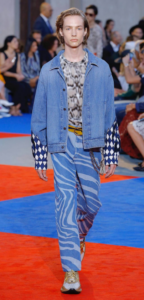
These advancements, coupled with his iconic animal prints and intarsia leather designs, solidified denim as a cornerstone of Cavalli’s distinctive aesthetic. The success of his denim ventures eventually led to the launch of Just Cavalli, a youthful offshoot brand, in 1998.
The Cavalli Print
During a talk at Oxford University in 2013, Roberto Cavalli expressed his deep admiration for wild animal patterns, which he incorporated into a wide range of designs, from denim to elegant red carpet gowns. He remarked, “I love nature. Animals have the best dresses. God made them so well-dressed. Women like these designs, they feel natural in them.”
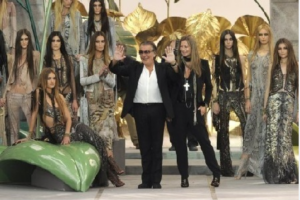
Cavalli’s passion for animal prints was evident in his sponsorship of the 2004 exhibition at the Metropolitan Museum of Art in New York, titled “WILD: Fashion Untamed.” Described by the museum as a showcase of “man’s obsession with animalism as expressed through clothing,” the exhibition underscored Cavalli’s enduring fascination with the natural world’s aesthetic beauty.
The Legacy Continues
In the 2000s, Roberto Cavalli expanded his brand’s reach with several ventures. He inaugurated his inaugural cafe-store in Florence and introduced the Just Cavalli club in Milan, which quickly became a hotspot in the city’s renowned nightlife scene. In 2007, Cavalli made waves as one of the pioneering designers to collaborate with H&M for a high-street collection. Additionally, he diversified his portfolio by venturing into homewares and interiors. One of his notable ventures during this time was the launch of a vodka brand in the US in 2005.
In 2015, Roberto Cavalli stepped down from his active role at his eponymous label, handpicking designer Peter Dundas to take over as creative director. However, Dundas departed after just three seasons, and he was succeeded by Paul Surridge, who held the position until 2019.
During the same year, following a period of financial challenges that culminated in bankruptcy, the business was acquired by a Dubai-based private investment firm. Under new ownership, the brand enlisted designer Fausto Puglisi for its fashion collections and expanded into Cavalli-branded real estate and hospitality ventures.
Puglisi paid tribute to the designer in the caption of the label’s Instagram post.
“Dear Roberto, you may not be physically here with us anymore but I know I will feel your spirit with me always. It is the greatest honour of my career to work under your legacy and to create for the brand you founded with such vision and style,” Puglisi wrote. “Rest in peace you will be missed and you are loved by so many that your name will continue on, a beacon of inspiration for others, and especially for me.”
ALSO READ

